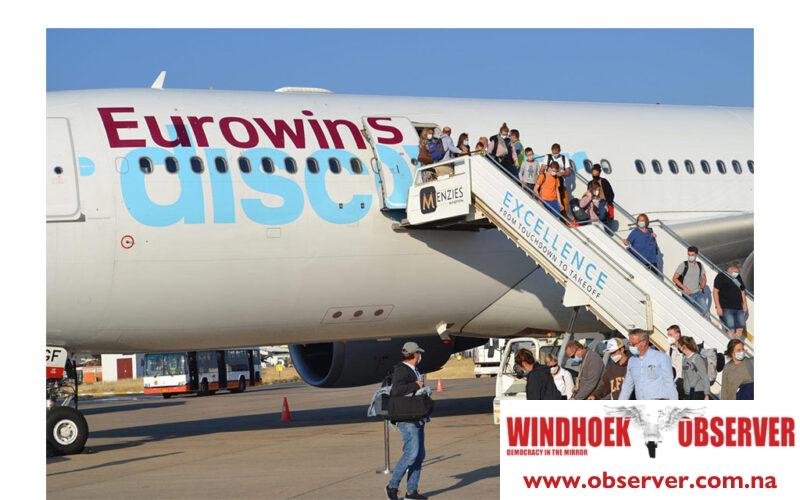Justicia Shipena
The Hospitality Association of Namibia (HAN) attributes the decline in tourist arrivals from Germany, Austria, and Switzerland to increased travel costs.
This includes airfare and visa fees, which discourage long-haul travel.
The DACH region, which is made up of Germany, Austria, and Switzerland, traditionally represents Namibia’s largest middle-market segment.
HAN also pointed to global political uncertainty and geopolitical tensions as key factors weighing on international travel sentiment, particularly from European markets.
This comes as the latest hospitality report by Simonis Storm shows that the country’s national occupancy rate slightly decreased from 54.94% in April to 54.90% in May.
Year-on-year, this marks a larger drop from 60.34% in May 2024.
Despite the slowdown, the report noted that the current occupancy levels remain above pre-pandemic benchmarks seen in 2019.
The country’s colder months and the peak tourism season officially began in May, but on a slower note.
Activity is expected to pick up toward August and September, the height of the season.
While visitors from Germany, Austria, and Switzerland made up 31.19% of total arrivals in May, this was down from 40.29% in April.
Domestic travellers were the second-largest group, contributing 19.67%, a slight increase from the 19.30% recorded the month before.
Arrivals from other countries showed growth, according to Simonis Storm. French visitors increased from 6.90% in April to 10.34% in May. Visitors from the USA and Canada also rose from 3.07% to 6.04%.
This growth is linked to better international connectivity, such as the new direct Munich–Windhoek flight by Discover Airlines, and the start of the hunting season, which draws North American tourists.
Public holidays in May encouraged more local travel. South African visitors also increased, rising from 7.23% in April to 7.81%, reinforcing South Africa’s importance as a key short-haul market.
The report revealed that regional performance was mixed, and the central region recorded the lowest occupancy rate in May, falling from 44.41% to 37.52%.
Simonis Storm said this may reflect a drop in corporate or event travel. Coastal occupancy also dipped to 54.43%, down from 60.79% in April, but the area still draws both leisure and business travellers.
In contrast, the northern region saw the highest improvement, with occupancy rising to 58.36%, likely driven by domestic travel during public holidays.
The area benefits from being close to popular destinations like Etosha National Park and Damaraland.
The southern region also improved, with occupancy climbing from 53.65% to 55.73%, supported by steady demand for Sossusvlei and growing business activity in Lüderitz.
According to figures from Simonis Storm, leisure travel remained dominant, accounting for 96.80% of all guests in May.
This segment was strongest in the northern and southern regions. Business travel contributed 2.63%, mostly at the coast, but this was down one percentage point from April.
Meanwhile, conference travel made up just 0.56%, mainly concentrated in coastal towns.
Simonis Storm expects business and conference travel to increase in the coming months.
“Factors include growing foreign investor activity around Namibia’s green hydrogen projects, such as the Hyphen project in the south, and ongoing resource exploration in oil, gas, copper, gold, and rare earth minerals.”
Namibia’s tourism sector is also set to benefit from new international investments. InterContinental Hotels Group (IHG) has announced plans to enter the Namibian market through a partnership with GRIT Real Estate Income Group.
According to Simonis Storm, the entry of IHG into the country signals confidence in Namibia’s tourism and real estate sectors.




